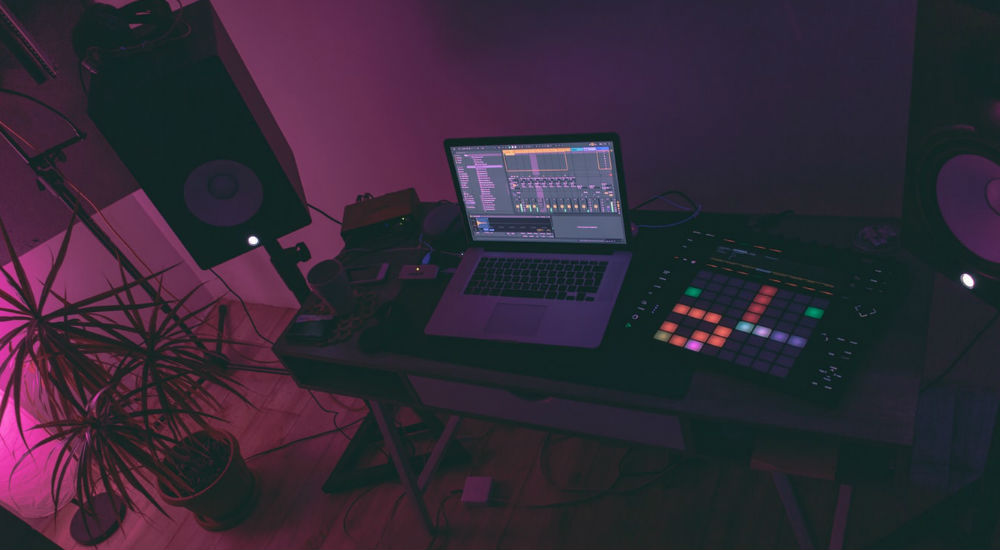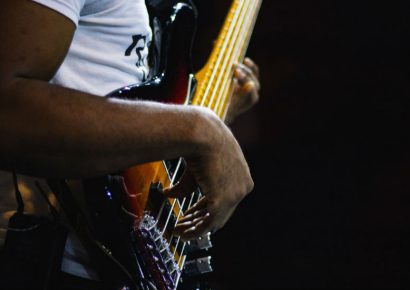Lock into your DAW over lockdown with these tips and tricks.
Fellow music makers, let’s make the best of a bad thing and learn some new tricks to get those home-recorded tracks poppin’. I put off learning some of these mixing and production techniques because… well… they’re not as fun as playing with a cool synth or something, but I always cursed myself afterwards for not taking the time sooner. Don’t be me.
Read more features, columns and interviews here.
Mix with your ears, not your eyes
Mixing is tricky, but it isn’t rocket science. If I’ve been working on a track for some time, with lots of different elements in play, and things are getting a bit unruly, I find it very helpful to tune everything down and start again with a faders-only mix – turn off your compressors and EQs. Turn your monitors/headphones right up (this will make you less likely to raise track levels overly high) and gradually raise the levels of your main elements – bass drum, bass line, lead parts etc. – maintaining balance by making sure you can hear each part clearly. Try not to pay attention to where the fader is, mix with your ears, not your eyes. Keep panning in mind too, you can make a lot of space in a mix by pulling elements to the sides. When I take this approach, I’m often surprised at where the faders have ended up.
Parallel Compression
If your kick and bass are sounding a bit weak for your liking, a neat trick is to group them to a buss and use an effects send to throw that audio to an aux-track with an aggressive compressor on it. By aggressive I mean a high ratio, short release (say 60ms) and fast attack (say 2ms). Sending the combined bass/kick signal will cause the compressor to react rhythmically, and when mixed in lightly with your original unaffected bass/kick buss, can add some nice punch and spice to your low-end. This is an area that different compressors will sound different in as you raise their make-up gain – analogue style compressors are considered the go-to as they add a nice overdriven character.
Mid/Side EQ
When you throw an EQ on a stereo track in your recording software of choice, I’m willing to bet it defaults to a standard stereo EQ. There’s a whole other method of EQing that’s immensely helpful for cleaning up your mixes called Middle/Side. It’s specifically for stereo tracks as it splits your dual track signal into mono and stereo parts (referred to as middle and sides respectively). This means, for example, you can carve stray bass frequencies out of your left and right channels and leave the bass mono. You’ll be surprised how much of a difference this can make to your overall mix.
Bonus tip, messing with the stereo-image is an under-utilised effect in electronic music, gradually automating things to become mono is a great way to build tension, then blow people’s brains apart when the beat drops and you return your track to a full stereo image.
Revisit last month’s electronic music production column here.

